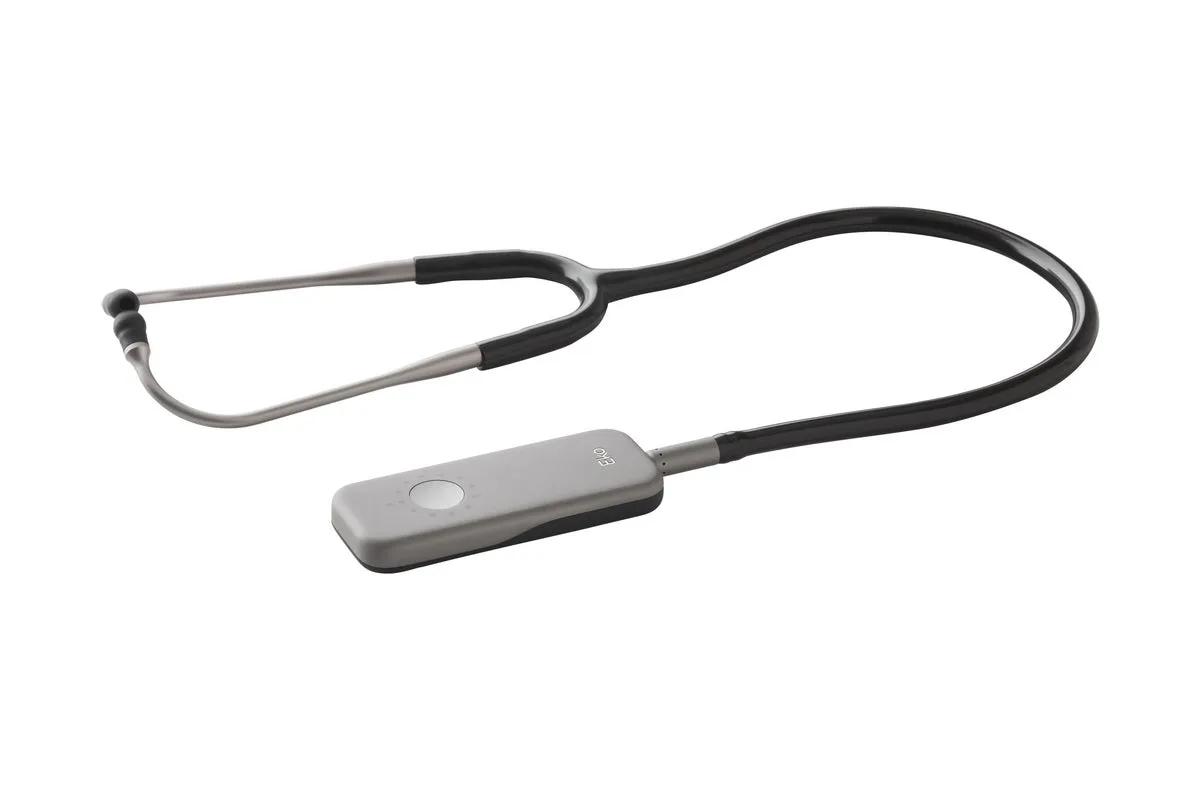Almost everyone has heard of the severe chest pain that strikes in a heart attack and leaves no doubt. But the disease is not always so dramatic.
A silent heart attack is just as dangerous as a classic heart attack

Severe pain in the chest and upper abdomen, which can radiate into the arms and jaw, sweating and nausea – many people are familiar with these typical symptoms of a heart attack. What is less well known is that heart attacks are very common without these symptoms. Nevertheless, the so-called “silent heart attack” can often be recognized by certain signs. Experts explain what to look out for.
A silent heart_attack is primarily characterized by the absence of the otherwise typical symptoms. Sufferers usually have no symptoms, such as sharp pain in the chest . The heart attack therefore goes unnoticed. But despite its asymptomatic course, the consequences of a silent heart_attack are just as serious as those of a classic heart attack.
Equally high risk of death
As the German Heart Foundation writes on its website , a so-called silent or silent heart attack is difficult to recognize – and it is very common: Around 45 percent of all heart attacks have no clear symptoms. In many cases, they are only recognized after days, months or even years.
A silent heartattack is usually the result of an incidental finding. Men are more often affected than women.
If it goes unnoticed for so long, the conclusion that it might be easy to live with a silent heart attack – but this is by no means the case: studies have shown that such a silent-heart attack carries just as high a risk of death in the long term as a classic one Heart attack.
People with diabetes are particularly at risk
According to experts, parts of the heart muscle die due to circulatory disorders in a silent heartattack. There are two explanations why it is possible that those affected often do not notice anything:
The heart attack is very small and therefore causes only minor complaints that are not properly perceived.
Those affected suffer from diabetes mellitus. The increased blood sugar levels can damage their nerves. If the nerves in the heart are affected, the pain signals that a heart attack causes may not be transmitted. It can also happen that patients do not notice a heart attack – even if it is large.
Because diabetics in particular have an increased risk of suffering a silent heart-attack, they should have their heart checked regularly – an EKG or stress EKG can be made for this, for example.
Take symptoms seriously
A silent heart-attack does not go hand in hand with classic symptoms such as chest pain, shortness of breath or cold sweat, but there are some signs to which those affected should react immediately. Frequent tiredness, feelings of weakness, shortness of breath, dizziness or fainting can be the first symptoms of a silent heart-attack.
However, the possible signs of a silent heart attack are not only unspecific, they usually go away after a while. Those affected do not consider such complaints to be a serious illness. There is no medical treatment and that can be life-threatening.
The German Heart Foundation advises that people who frequently discover unspecific symptoms such as general chest pain, dizziness, shortness of breath and exhaustion should definitely have a medical check-up.
If constrictions in the coronary arteries are detected early on, the death of myocardial tissue and the resulting damage such as a heart attack can be prevented.




